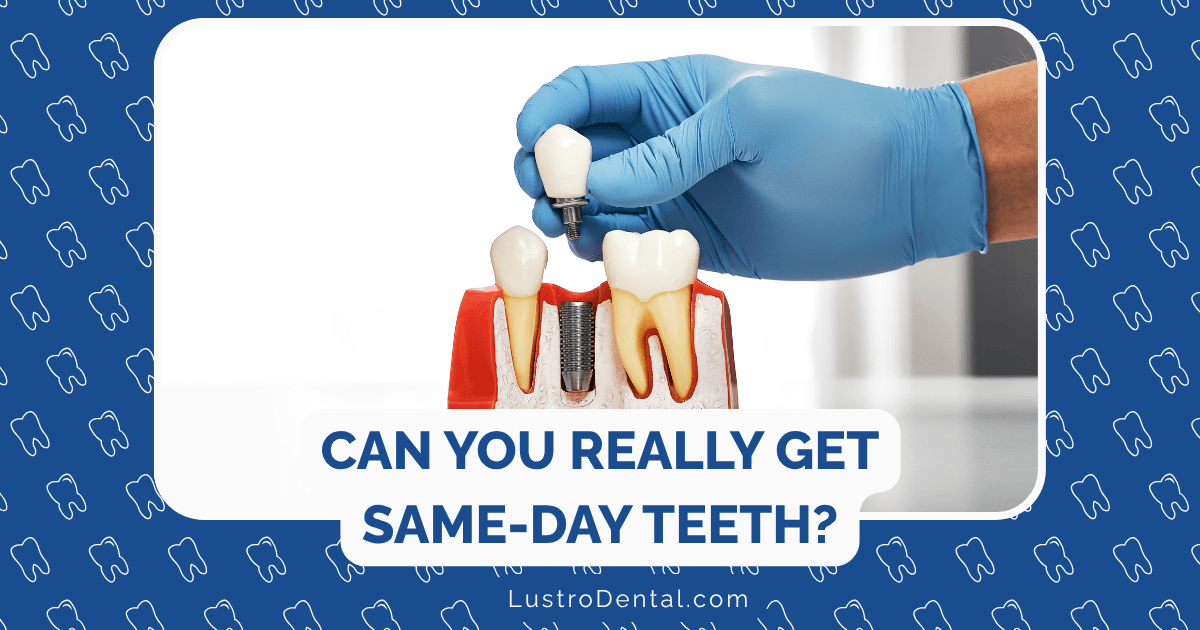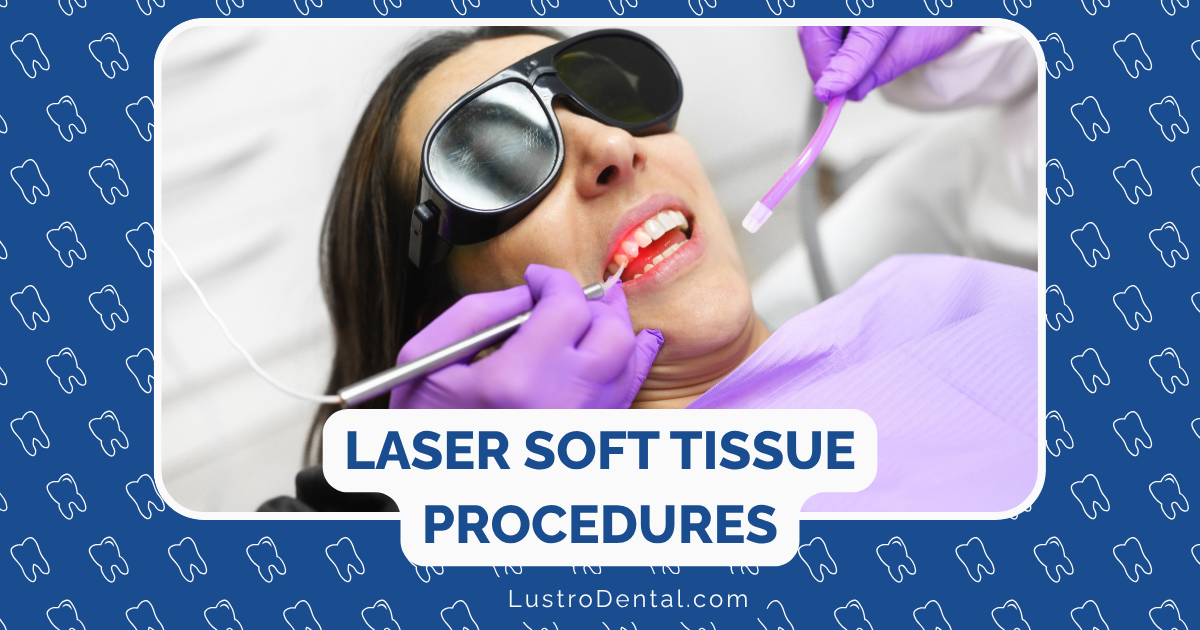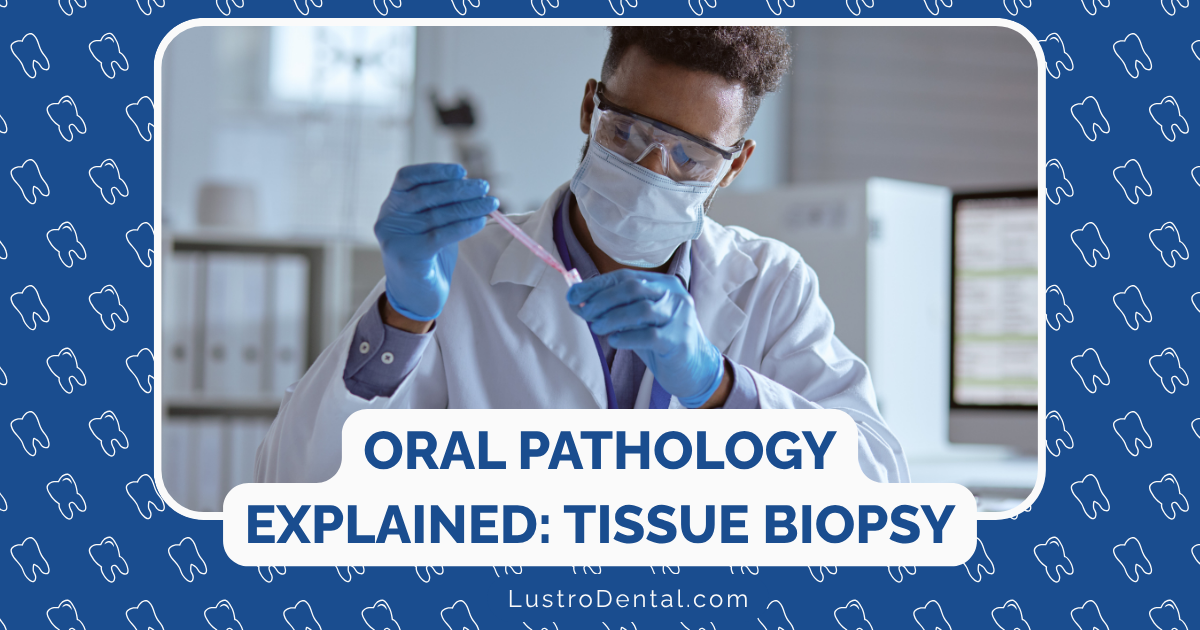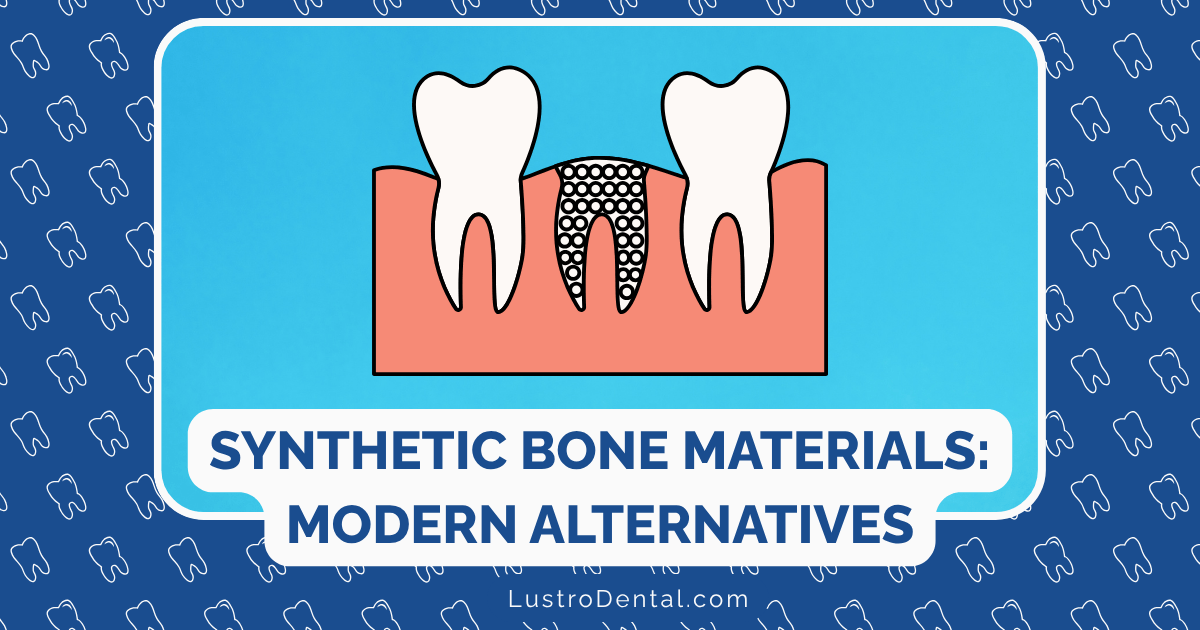Immediate Load Implants: Same-Day Teeth Possibilities and Limitations

The prospect of walking into a dental office with missing teeth and leaving the same day with a complete, functional smile sounds almost too good to be true. Yet, this is exactly what immediate load dental implants—often marketed as “same-day teeth” or “teeth in a day”—promise. As someone who’s guided many patients through dental implant decisions, I’ve seen both the transformative benefits and the important limitations of this innovative approach.
In this comprehensive guide, I’ll walk you through what immediate load implants really are, who makes an ideal candidate, what the research says about their success rates, and what you should realistically expect if you’re considering this treatment option.
Understanding Immediate Load Implants: The Basics
Before diving into the possibilities and limitations, let’s clarify what immediate load implants actually are and how they differ from traditional dental implants.
Traditional Implant Protocol vs. Immediate Loading
Traditional Implant Protocol:
- Extraction of damaged tooth (if necessary)
- Possible bone grafting and healing (3-6 months)
- Implant placement
- Healing and osseointegration period (3-6 months)
- Placement of abutment and crown
- Total timeline: 5-12 months
Immediate Load Protocol:
- Extraction of damaged tooth (if necessary)
- Immediate placement of dental implant
- Immediate attachment of temporary crown or prosthesis
- Healing and osseointegration period (3-6 months)
- Replacement of temporary with permanent restoration
- Total timeline: Same-day functional teeth with 3-6 month follow-up
The key difference is that with immediate loading, you don’t have to wait months between steps or wear removable temporary dentures during the healing process. Instead, fixed, functional teeth are attached to the implants on the same day they’re placed.
Dr. Sarah Johnson of Colgate Oral Health Center explains, “Immediate load implants don’t actually speed up the biological process of osseointegration—the implant still needs time to fully integrate with the bone. What changes is that patients can have functional teeth during that integration period.”
The Science Behind Immediate Loading: How Is It Possible?
You might wonder how it’s possible to put immediate pressure on a freshly placed implant without disrupting the healing process. The answer lies in careful case selection and precise surgical technique.
Primary Stability: The Critical Factor
For immediate loading to be successful, the implant must achieve what dentists call “primary stability”—the mechanical stability of the implant immediately after placement. This is typically measured by insertion torque, with values of at least 35 Ncm generally considered necessary for immediate loading.
According to research published in the Journal of Oral and Maxillofacial Surgery, primary stability is achieved through:
- Proper implant design: Implants with specific thread designs and surface treatments enhance initial stability
- Surgical technique: Precise preparation of the implant site
- Bone quality and quantity: Dense bone provides better initial grip for the implant
- Implant dimensions: Wider and longer implants generally achieve better primary stability
Controlling Forces During Healing
Even with good primary stability, the provisional restoration must be designed to minimize harmful forces on the implant during healing:
- Reduced occlusal (biting) contact: The temporary teeth are often designed to have less contact with opposing teeth
- Avoidance of lateral forces: The restoration is shaped to minimize side-to-side forces
- Splinting: Multiple implants may be connected to distribute forces more evenly
The Possibilities: Benefits of Immediate Load Implants
Immediate load implants offer several significant advantages that make them an attractive option for many patients:
1. Psychological and Social Benefits
Perhaps the most compelling benefit is the emotional impact of not having to go without teeth. Dr. Michael Chen of Sound Surgical Arts notes, “The psychological benefit of leaving the office with teeth cannot be overstated. Many patients report improved self-confidence and willingness to engage socially immediately after the procedure.”
2. Preservation of Soft Tissue Architecture
When an implant and provisional crown are placed immediately after extraction, they help maintain the natural gum contours and papillae (the triangular portion of gum between teeth). This can lead to more aesthetic final results, particularly in the visible front areas of the mouth.
3. Potential for Better Bone Preservation
Some research suggests that immediate implant placement and loading may help preserve bone that would otherwise be lost after tooth extraction. A study in the Journal of Osseointegration found that immediate loading protocols showed considerable improvement in treatment outcomes compared to delayed loading.
4. Fewer Surgical Procedures
By combining extraction, implant placement, and provisional restoration in a single visit, immediate loading often reduces the total number of surgical interventions needed.
5. Time Efficiency
The compressed treatment timeline is particularly valuable for patients with busy schedules or those who need to complete dental work before a significant life event.
6. Improved Function During Healing
Unlike removable temporary dentures, fixed immediate restorations provide better chewing function and speech during the healing period.
The Limitations: Understanding the Risks and Constraints
Despite the compelling benefits, immediate load implants aren’t appropriate for every patient or situation. Understanding the limitations is crucial for making an informed decision:
1. Higher Risk of Implant Failure
Research consistently shows a slightly higher failure rate for immediately loaded implants compared to traditionally loaded ones. A meta-analysis published in The Journal of Prosthetic Dentistry found a statistically significant lower survival rate for immediate loading compared to conventional protocols (RR=0.974; 95% CI, 0.954, 0.994; P=.012).
While the difference is relatively small, it’s an important consideration, especially for patients with risk factors.
2. Strict Patient Selection Criteria
Not everyone is a candidate for immediate loading. According to DDS Lab, ideal candidates must have:
- Adequate bone quality and quantity: Sufficient bone density to achieve primary stability
- Good overall health: No uncontrolled systemic diseases that might impair healing
- Non-smoking status: Smoking significantly increases failure risk
- Absence of bruxism: Teeth grinding puts excessive force on implants
- Good oral hygiene: To minimize infection risk
- No active periodontal disease: Gum disease must be controlled first
3. Technique Sensitivity
Immediate loading is highly technique-sensitive and requires advanced surgical skills and experience. The margin for error is smaller than with traditional protocols.
4. Temporary Aesthetic Compromises
While patients leave with teeth on the same day, the provisional restorations may not be as aesthetically refined as the final versions. Dr. Lisa Wong of Aspen Dental explains, “The temporary teeth placed on the day of surgery are functional but may not have the perfect color match or detailed anatomy of the final restorations.”
5. Dietary Restrictions
Patients must follow strict dietary guidelines during the healing period, typically avoiding hard, crunchy, or sticky foods for 6-12 weeks. According to Albuquerque Dentist, this compliance is critical for successful outcomes.
6. Potential for Additional Procedures
If complications arise or primary stability isn’t achieved during surgery, the treatment plan may need to revert to a traditional loading protocol, potentially requiring additional procedures.
Success Rates: What the Research Shows
Understanding the real-world success rates of immediate load implants can help set appropriate expectations:
Overall Success Rates
A 2023 study published in MDPI Dentistry Journal found that immediate implants had an overall success rate of 98.12%, with a failure rate of 1.88%. This is quite impressive, though slightly lower than the success rates for traditional loading protocols, which typically exceed 98.5%.
Factors Affecting Success
Research indicates that success rates vary based on several factors:
- Implant location: The posterior mandible (lower back jaw) shows the highest success rates (98.90%), while the anterior maxilla (upper front) has slightly lower success rates (95.52%)
- Primary stability: Implants with good primary stability (>35 Ncm) have significantly higher success rates
- Patient compliance: Following post-operative instructions, especially dietary restrictions
- Surgeon experience: More experienced clinicians achieve better outcomes
Long-Term Results
A 5-year follow-up study published in the Journal of Oral and Maxillofacial Surgery found that even implants with lower initial stability that successfully integrated maintained a 100% survival rate over the long term, suggesting that if an immediately loaded implant survives the initial healing period, its long-term prognosis is excellent.
Specific Applications: When Immediate Loading Shines
Immediate loading is particularly valuable in certain clinical scenarios:
1. Single Tooth Replacement in the Aesthetic Zone
When replacing a single front tooth, immediate loading can preserve the gum architecture and provide an immediate aesthetic solution, helping patients avoid the social embarrassment of a missing front tooth.
2. Full-Arch Rehabilitation (All-on-4® or All-on-X)
Perhaps the most common application of immediate loading is the “All-on-4®” concept, where an entire arch of teeth is supported by just four strategically placed implants. This approach is particularly valuable for patients transitioning from dentures or those with significant tooth loss.
According to a ResearchGate study, immediate implants show similar success rates in both anterior and posterior regions, making this a versatile option for many clinical situations.
3. Replacing a Tooth at Extraction
When a tooth needs extraction but has healthy surrounding bone, immediate placement and loading can maintain the natural architecture and provide immediate function.
The Patient Experience: What to Expect
If you’re considering immediate load implants, here’s what you can typically expect:
Before the Procedure
- Comprehensive evaluation: Including 3D imaging to assess bone quality and quantity
- Treatment planning: Often using digital planning software to optimize implant positioning
- Discussion of expectations: Including temporary vs. final aesthetics
- Pre-surgical preparations: May include antibiotics or special mouth rinses
Day of Surgery
- Anesthesia: Local anesthesia with or without sedation
- Extraction (if needed): Careful removal of damaged teeth
- Implant placement: Precise positioning for optimal stability
- Verification of stability: Measurement of insertion torque and possibly resonance frequency analysis
- Impression or digital scan: For fabrication of the provisional restoration
- Placement of temporary teeth: Either pre-fabricated or made on-site
- Post-operative instructions: Detailed guidance for the healing period
Recovery Period
- Initial healing (1-2 weeks): Some swelling and discomfort is normal
- Osseointegration (3-6 months): The implant fuses with the bone
- Dietary restrictions: Soft food diet, gradually transitioning to normal foods
- Follow-up appointments: To monitor healing and make adjustments if needed
Final Restoration
- Impression for final prosthesis: Once healing is complete
- Placement of permanent restoration: Designed for optimal aesthetics and function
- Regular maintenance: Continued care to ensure long-term success
Making the Decision: Is Immediate Loading Right for You?
When considering immediate load implants, ask yourself and your dental provider these important questions:
- Do I meet the health criteria for successful immediate loading?
- Is my bone quality and quantity sufficient for primary stability?
- Am I willing and able to follow strict dietary restrictions during healing?
- Does my dentist have significant experience with immediate loading techniques?
- Am I prepared for the possibility that the treatment plan might need to change during surgery?
- Are my expectations for the temporary restoration realistic?
- Have I considered the slightly higher risk compared to traditional loading?
Cost Considerations: Investment vs. Value
Immediate load implants typically cost more than traditional implants due to:
- Advanced technology requirements
- Additional planning time
- Higher skill level required
- More complex provisional restorations
However, when considering the total cost, factor in:
- Fewer total appointments
- Less time off work
- Emotional and social benefits of not going without teeth
- Potential for better aesthetic outcomes
Final Thoughts: Balancing Possibilities and Limitations
Immediate load dental implants represent one of the most significant advances in modern dentistry, offering patients the possibility of same-day teeth with excellent long-term outcomes. However, they’re not a universal solution for everyone with missing teeth.
The key to success lies in proper patient selection, experienced clinicians, precise surgical technique, and realistic expectations. When these elements align, immediate load implants can provide truly life-changing results—allowing patients to walk out of the dental office with a functional, aesthetic smile in just one day.
If you’re considering dental implants, discuss both traditional and immediate loading options with your dental provider to determine which approach best suits your specific situation, priorities, and oral health status.
Have you had experience with immediate load implants? Are you considering this option for your tooth replacement? Share your questions or experiences in the comments below to help others navigating this important dental decision.







